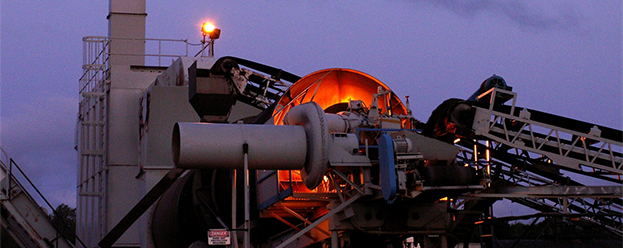
The wide range of engineering benefits make the case for asphalt:
- Asphalt pavements are quick to construct, with methods that allow planners and managers to fix congestion hot spots and bottlenecks during off-peak hours, so commuters may never see an orange barrel or a construction-related traffic jam.
- Asphalt is a top-performing material, helping reduce traffic noise at the point where the wheel meets the road and providing a smooth, continuous surface that adds pavement longevity and requires less maintenance than rougher roads.
- Asphalt pavements are the choice for safety, providing drivers with a quiet, skid-resistant surface, excellent gripping power, and ultimately, a safer ride.
-
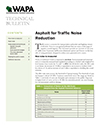
Asphalt for Traffic Noise Reduction
WAPA Technical Bulletin
Noise barrier walls are both expensive and ineffective for urban noise abatement, but asphalt—already the quiet pavement—can help reduce noise generated at the tire/pavement interface. This document describes how stone matrix asphalt and open-graded friction courses can be highly effective and cost-efficient noise abatement solutions. -
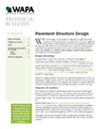
Pavement Structure Design
WAPA Technical Bulletin
Step-by-step guidance for pavement design based on subsoil quality and expected traffic. Easy-to-use charts derived from WisDOT’s design manual and AASHTO formulas help planners quickly determine the required layer thickness for alternative pavement designs. -
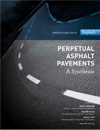
Perpetual Asphalt Pavements
Asphalt Pavement Alliance Technical Report Summarizes the activities that have taken place over the last decade, synthesizes the information in way that is useful to providing guidance for Perpetual Pavement design and construction, and provides a vision for further research and development to refine Perpetual Pavements
-
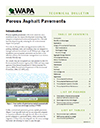
Porous Asphalt Pavements
WAPA Technical Bulletin
A detailed guide to the design, construction and maintenance of porous asphalt pavements. This document combines latest national best practices with Wisconsin-specific guidance and will be of value to pavement owners, designers and builders. -

Quiet Pavement Technologies
World Road Association (PIARC) Report
This publication explains tire-pavement noise fundamentals and a framework for managing road noise through practical asphalt pavement solutions. -
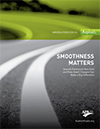
Smoothness Matters
Asphalt Pavement Alliance Fact Sheet
Experts say that vehicles consume less fuel when traveling on smoother pavements. This makes sense intuitively. And lower consumption of fuel conserves natural resources for a healthier environment. -
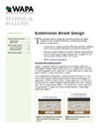
Subdivision Street Design
WAPA Technical Bulletin
An improved approach to subdivision street design that takes real-world pavement loading conditions and soil types into account. Included are WAPA’s design recommendations for asphalt binder layer thickness based on soil type and number of homes in a new subdivision.
